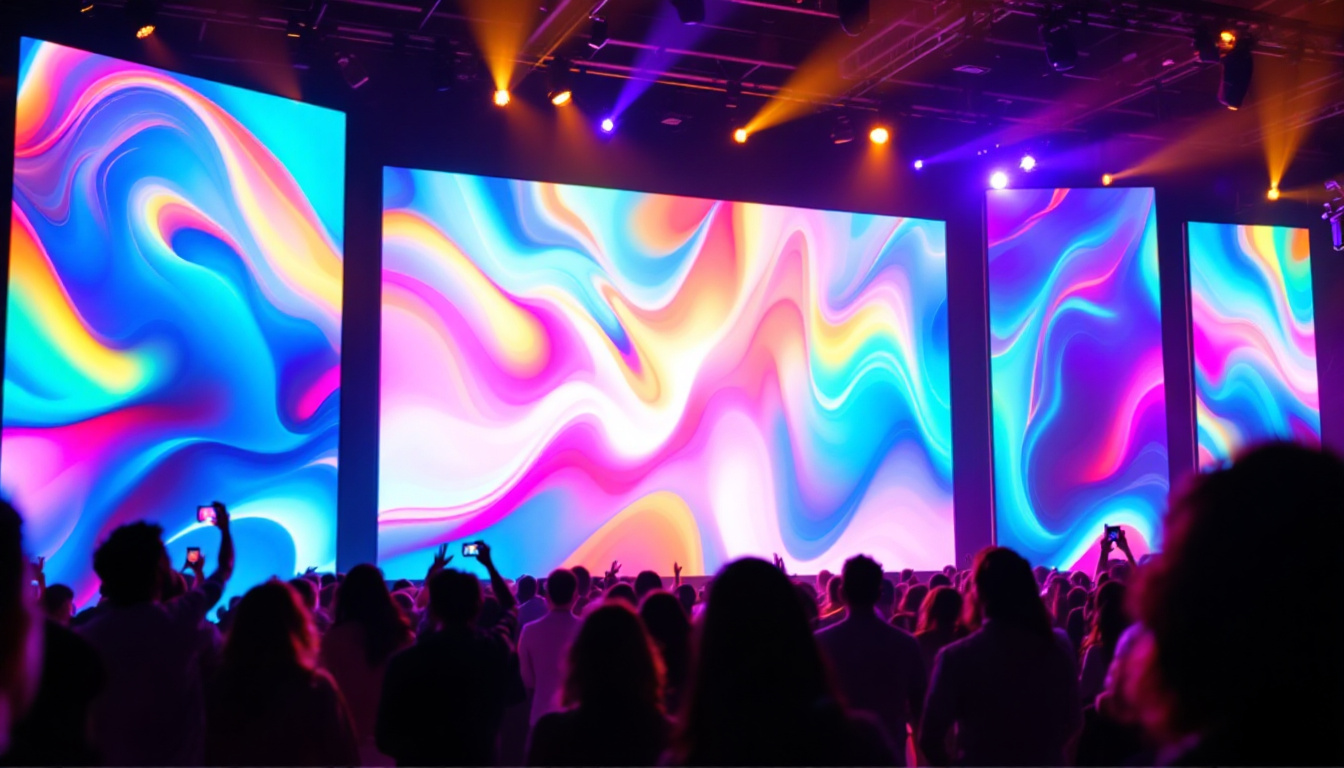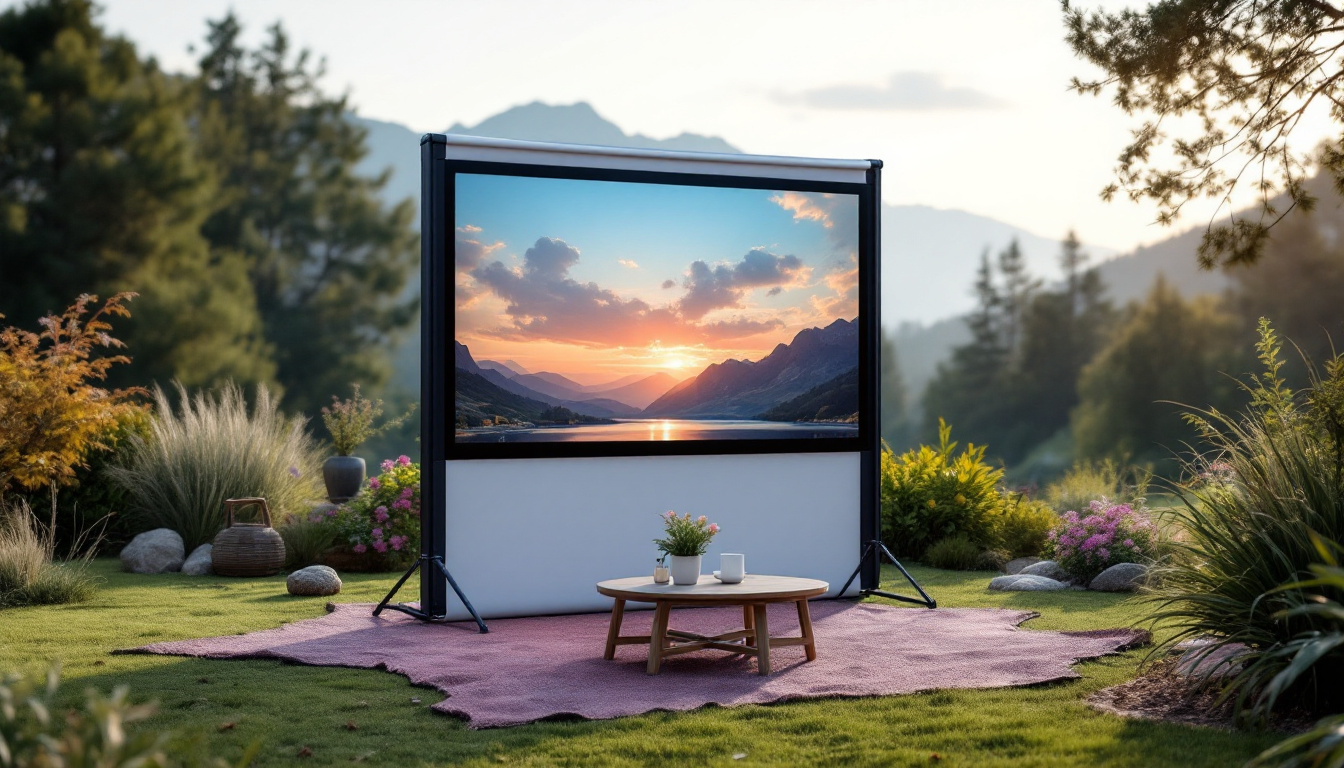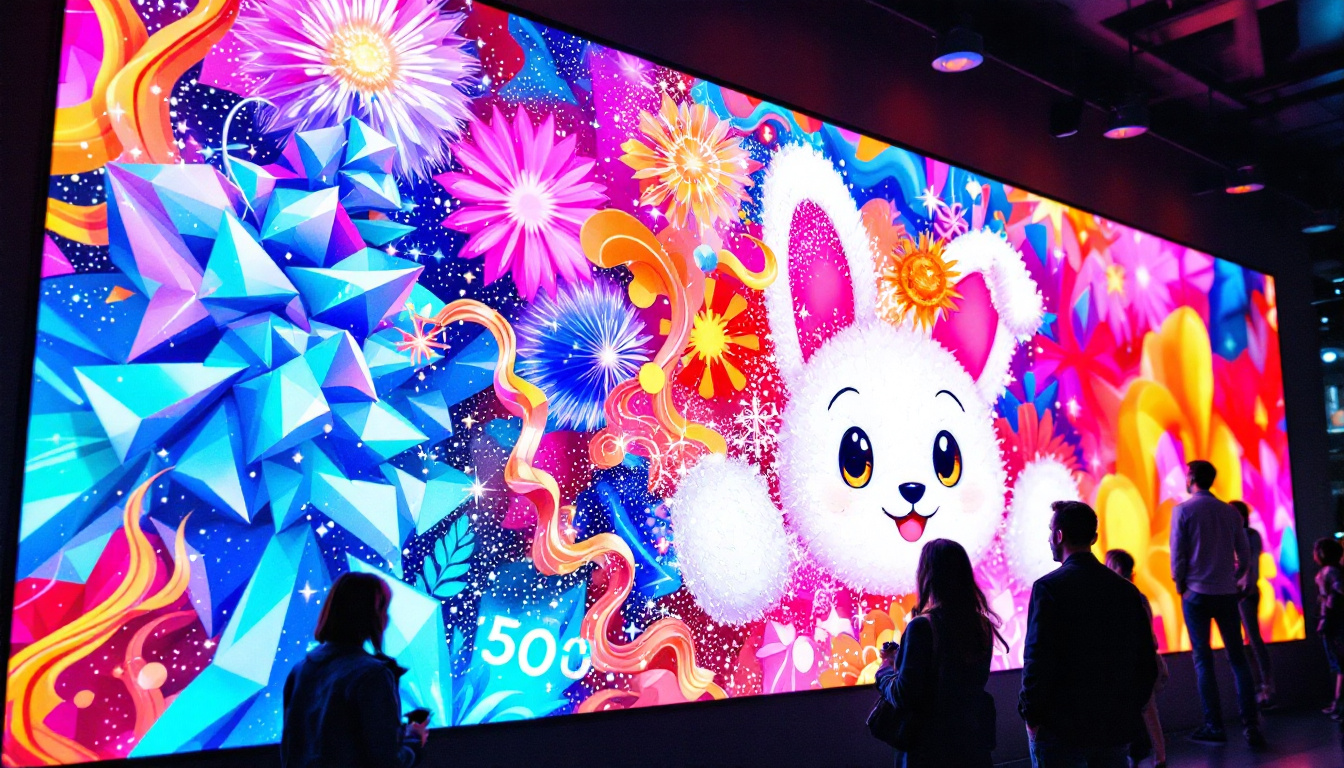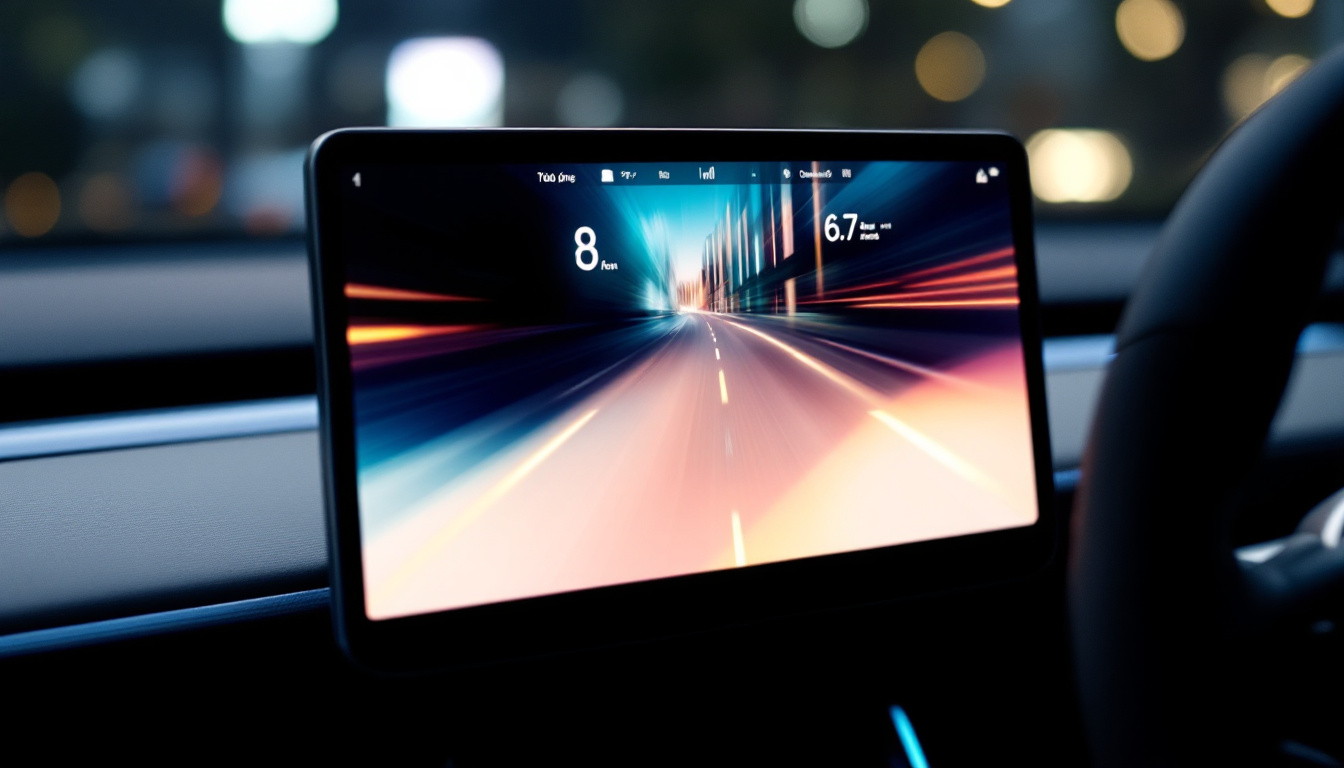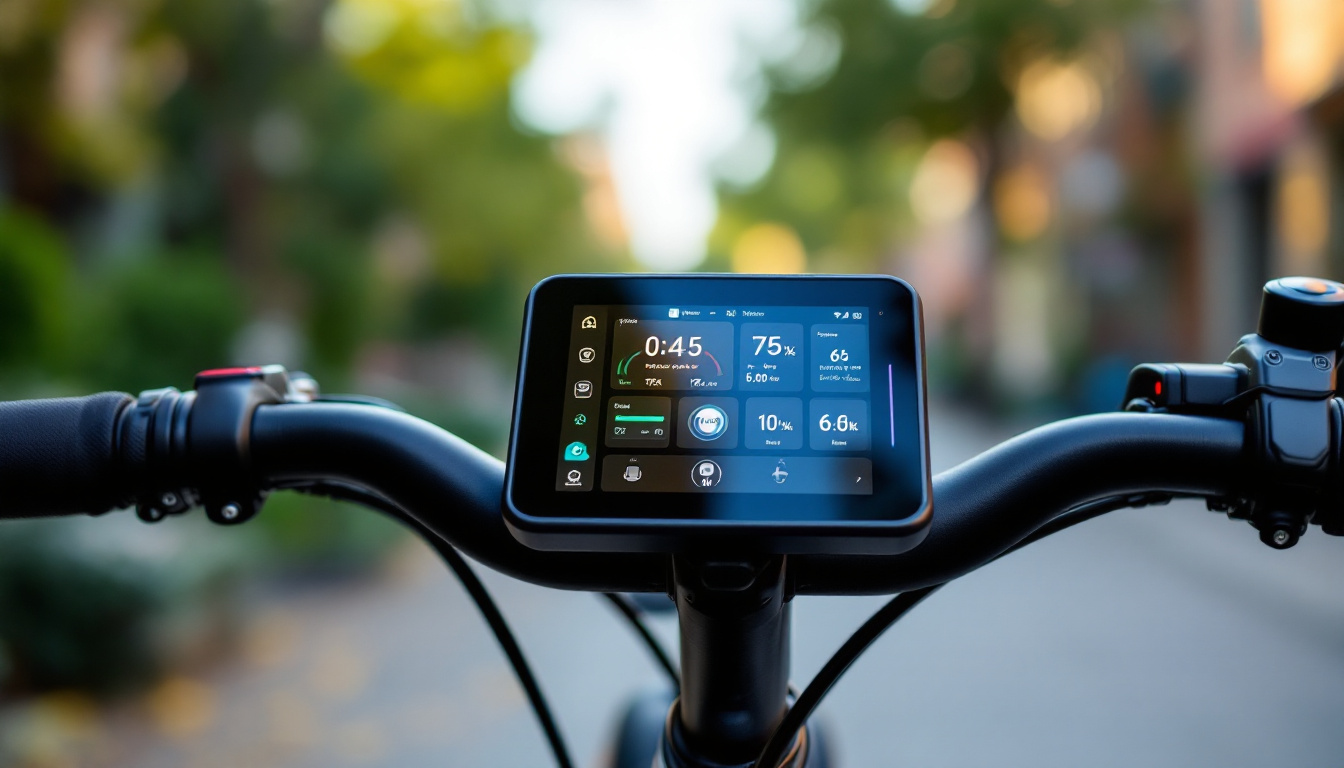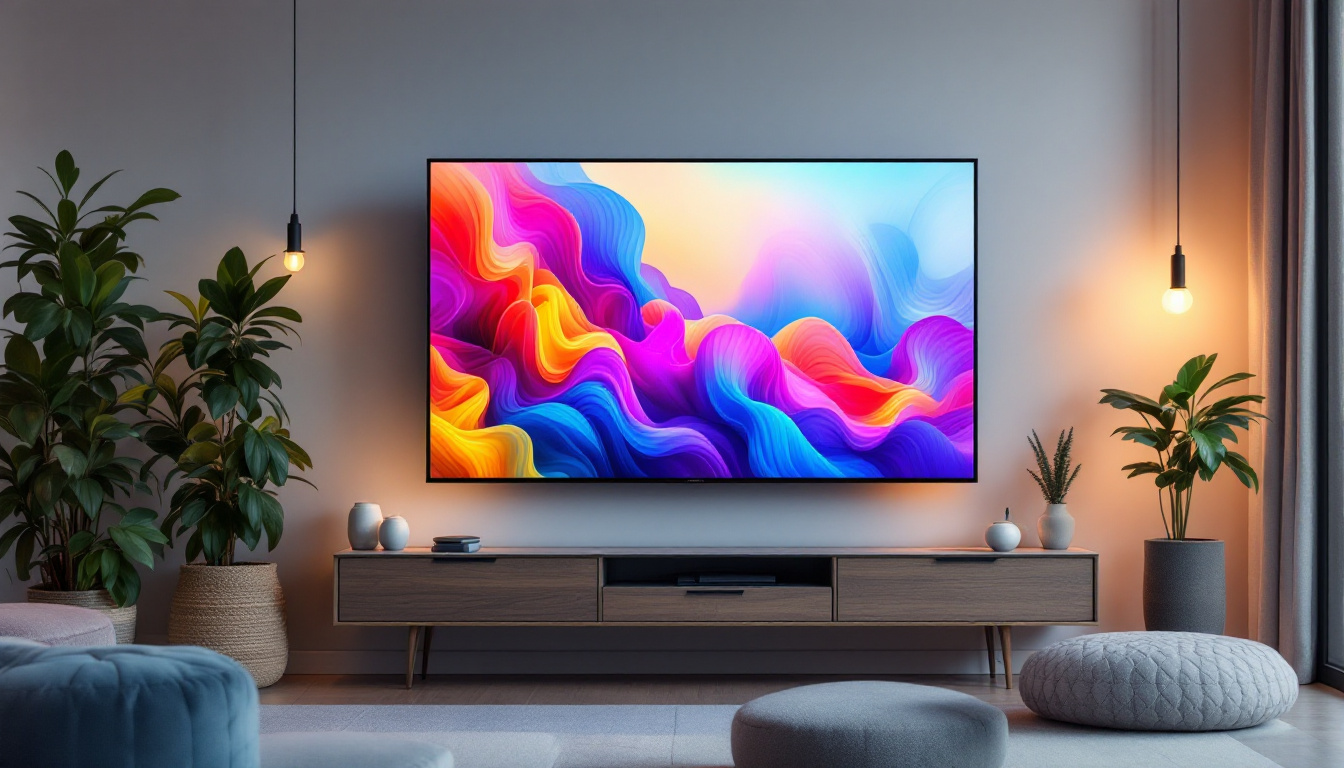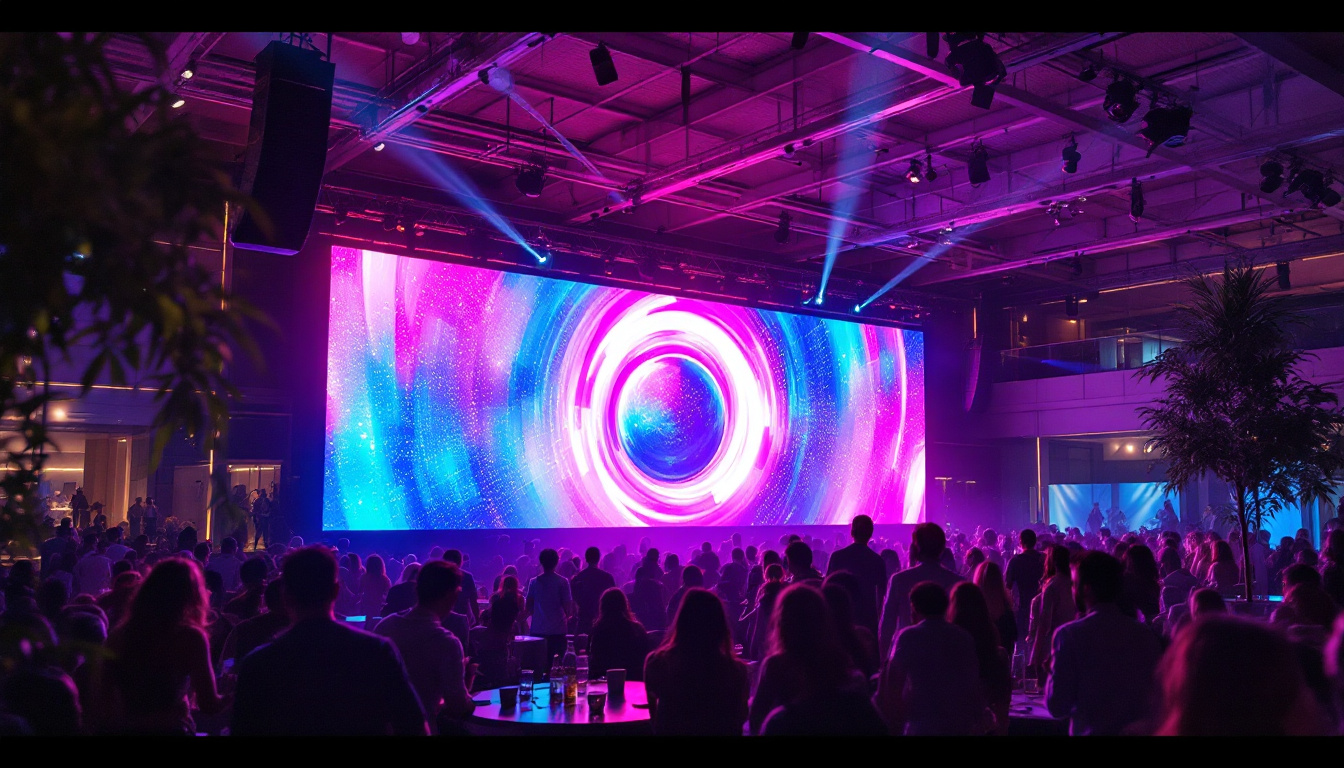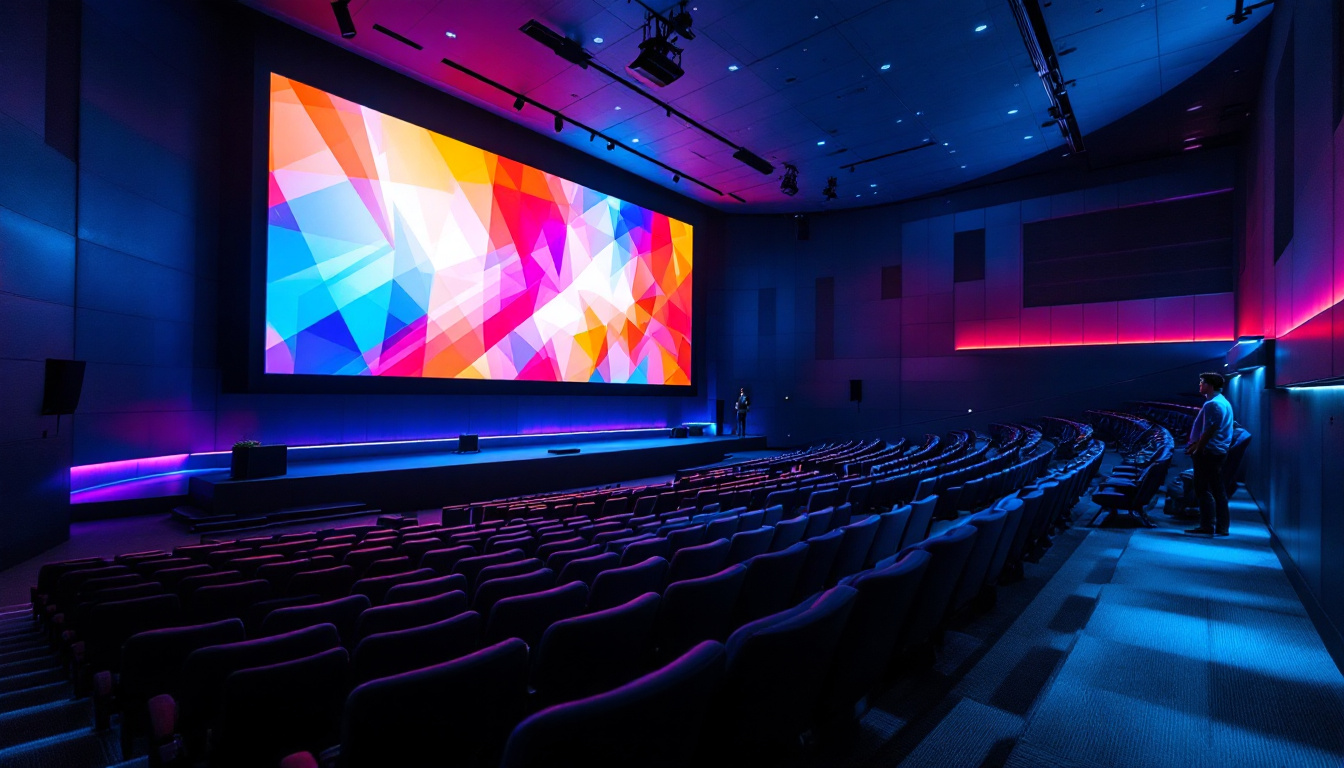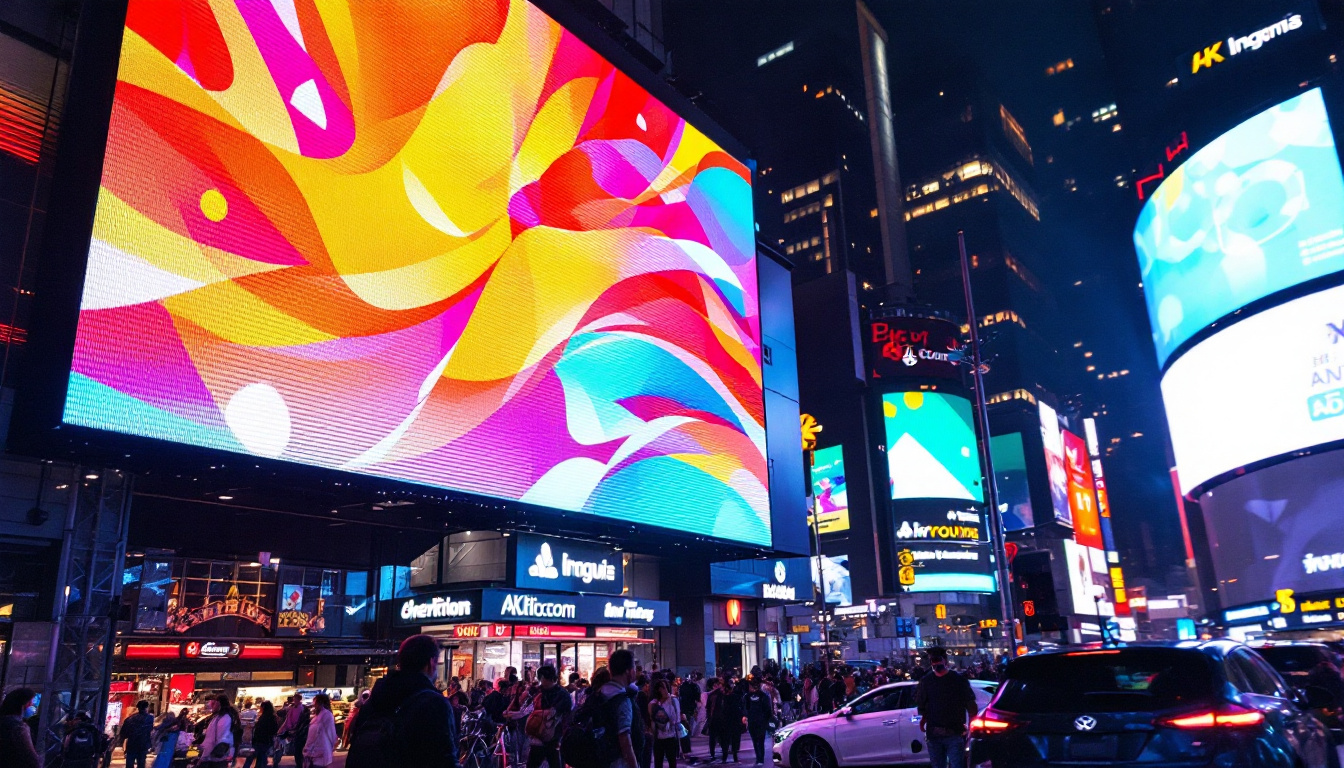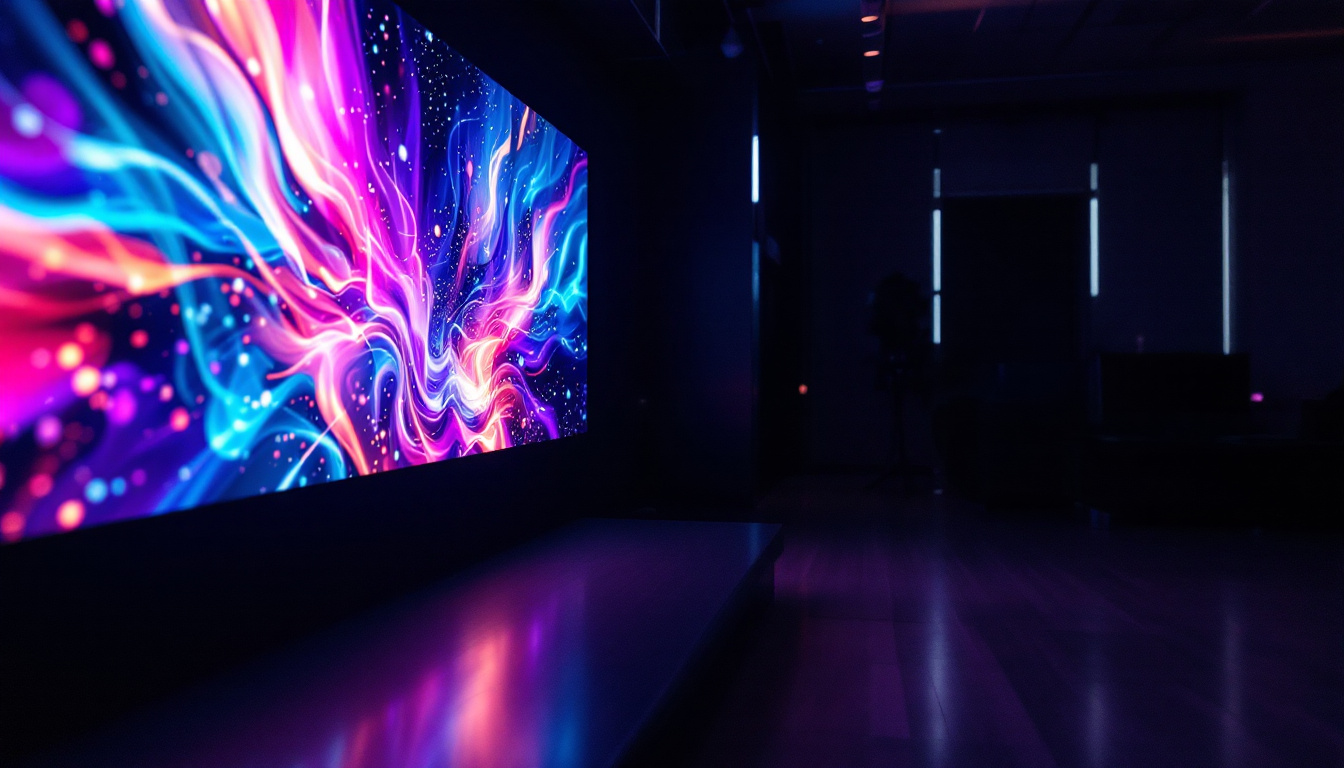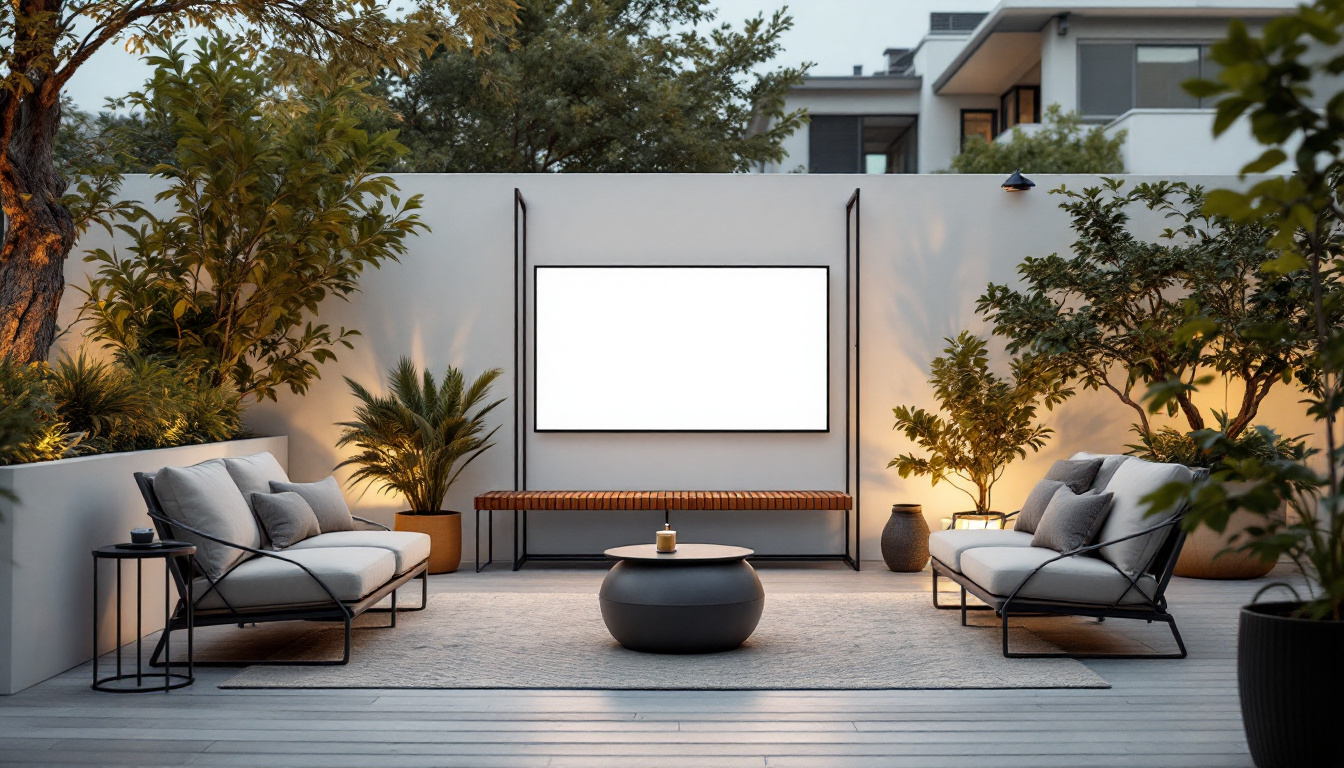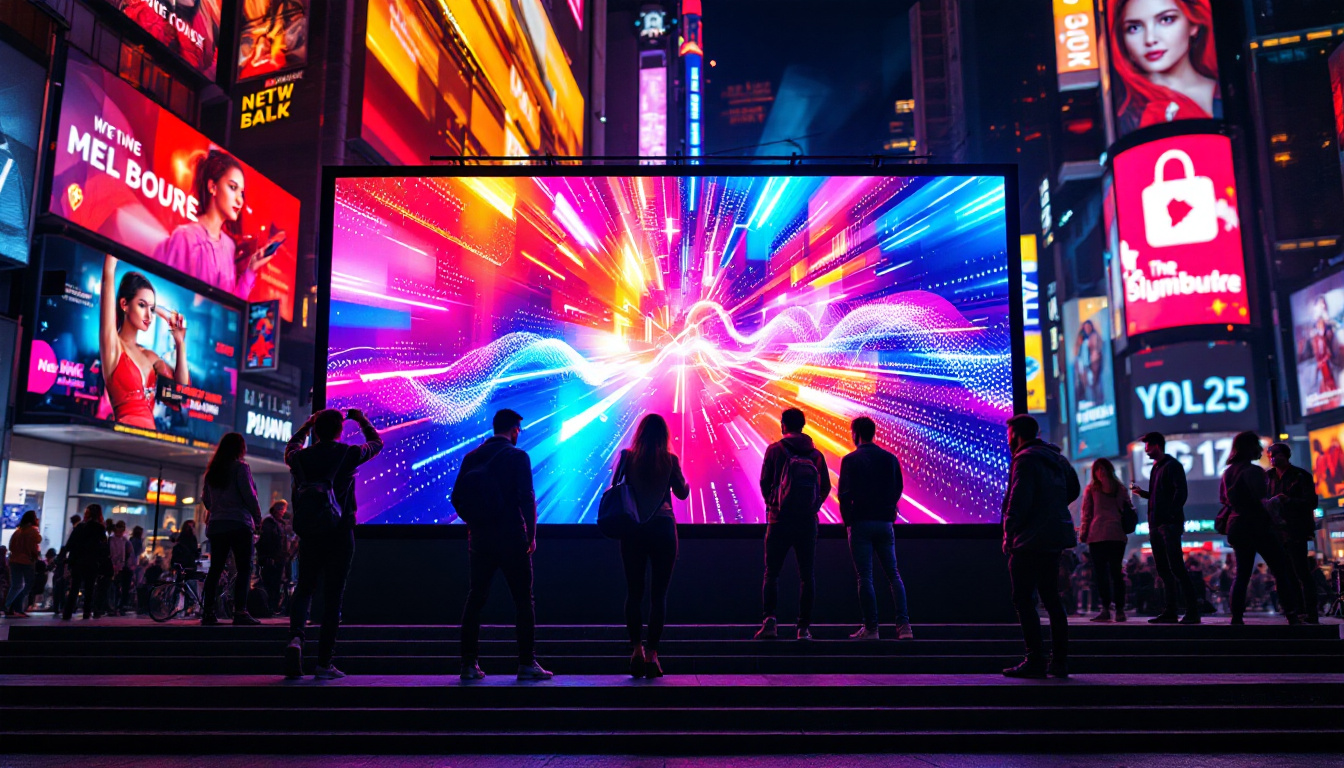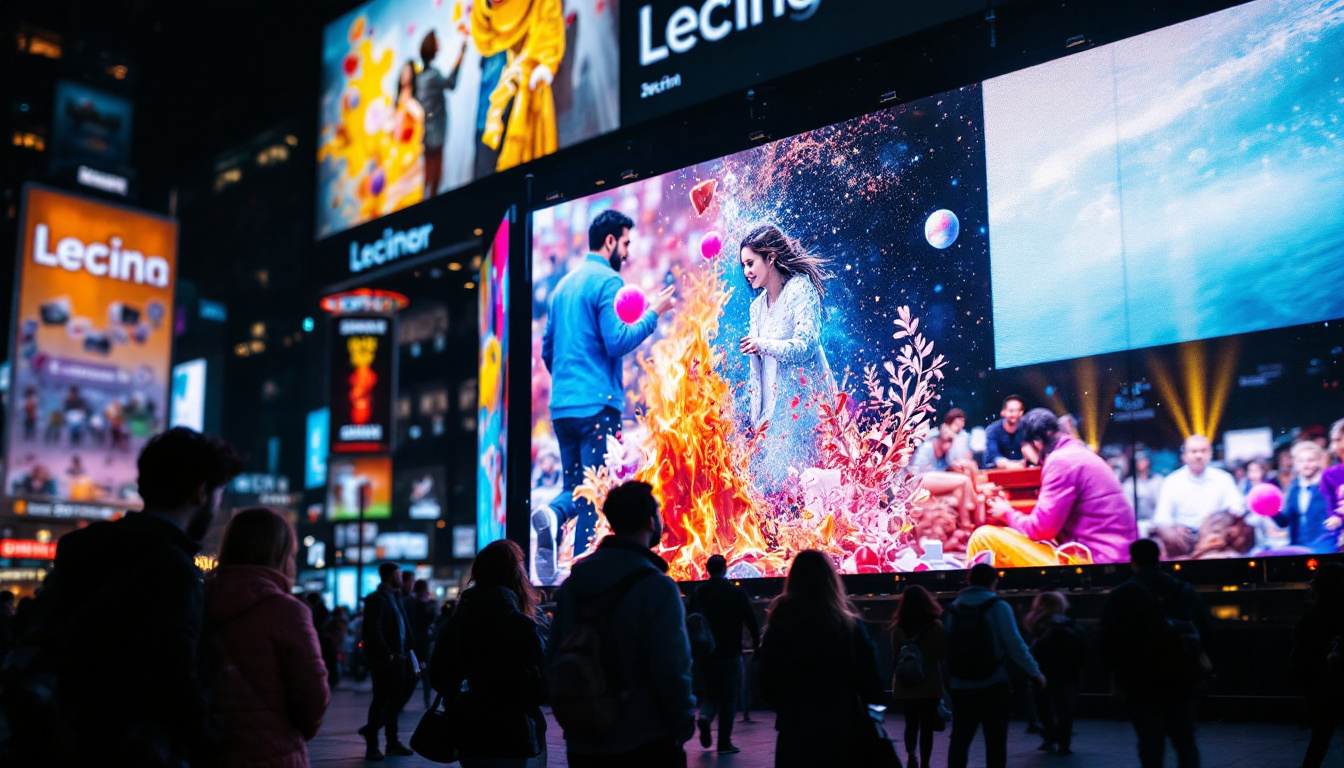In the evolving world of automotive accessories, LED running board lights have become a popular upgrade for many vehicle owners. These lights not only enhance the aesthetic appeal of trucks and SUVs but also improve safety and functionality. Understanding the technology behind LED running board lights, their benefits, and how to choose the right setup can help drivers make informed decisions when customizing their vehicles.
What Are LED Running Board Lights?
LED running board lights are integrated lighting systems installed along the edges of running boards, which are the step panels attached to the sides of trucks and SUVs. These lights illuminate the step area, making it easier and safer to enter and exit the vehicle, especially in low-light conditions. This added visibility is particularly beneficial for families with children, elderly passengers, or anyone who may have difficulty navigating the vehicle’s height.
Unlike traditional incandescent bulbs, LED (Light Emitting Diode) technology offers superior brightness, energy efficiency, and longevity. The LED lights used in running boards are typically arranged in strips or clusters, providing uniform illumination across the step surface. This not only enhances safety but also adds a stylish aesthetic to the vehicle, allowing owners to customize their ride with various colors and designs that can complement the vehicle’s exterior.
How LED Technology Works in Running Boards
LEDs produce light through electroluminescence, where an electric current passes through a semiconductor material, emitting photons. This process is highly efficient compared to filament-based bulbs, which rely on heating a wire to produce light. The result is less heat generation, lower power consumption, and a longer lifespan. In fact, LED lights can last up to 25 times longer than traditional bulbs, making them a cost-effective choice for vehicle owners looking for durability and reliability.
In running board applications, LEDs are often encased in waterproof and impact-resistant housings to withstand outdoor conditions. Many systems include features like color-changing capabilities, adjustable brightness, and integration with vehicle lighting circuits for synchronized operation. This means that when the vehicle’s doors are opened, the running board lights can automatically illuminate, providing a welcoming glow that enhances the vehicle’s overall functionality. Additionally, some advanced systems allow for remote control operation, enabling users to customize their lighting preferences on-the-go, making it a popular choice among automotive enthusiasts who appreciate both form and function.
Benefits of LED Running Board Lights
The advantages of LED running board lights extend beyond mere aesthetics. They offer practical benefits that enhance both safety and vehicle functionality.
Enhanced Safety and Visibility
One of the primary benefits of LED running board lights is improved visibility. When stepping into or out of a vehicle at night or in poorly lit areas, these lights illuminate the step surface, reducing the risk of slips, trips, and falls. This is particularly important for children, elderly passengers, or anyone with mobility challenges.
Additionally, LED running board lights increase the vehicle’s overall visibility to other drivers and pedestrians. This can be crucial in crowded parking lots or on narrow roads, where side illumination helps signal the vehicle’s presence and dimensions. The added light can also assist in identifying obstacles or uneven terrain that may not be easily visible in the dark, further enhancing safety for all occupants.
Energy Efficiency and Durability
LEDs consume significantly less power than traditional lighting options. For example, a typical LED running board light strip may draw only a fraction of an ampere, minimizing the impact on the vehicle’s battery and electrical system. This efficiency is especially beneficial for vehicles with extensive aftermarket lighting or electrical accessories. Moreover, the low energy consumption contributes to a more eco-friendly vehicle operation, aligning with the growing trend of sustainability in automotive choices.
Durability is another key advantage. LEDs have an average lifespan of 25,000 to 50,000 hours, far exceeding that of incandescent bulbs. Their solid-state construction makes them resistant to shock and vibration, which are common in automotive environments. This reliability reduces maintenance needs and replacement costs over time. Furthermore, many LED running board lights come with weatherproof ratings, ensuring they can withstand harsh environmental conditions, such as rain, snow, or extreme temperatures, without compromising performance.
Customization and Style
Modern LED running board lights offer a wide range of customization options. Many systems feature RGB (Red, Green, Blue) LEDs, allowing users to select from millions of colors and create dynamic lighting effects. This can be controlled via smartphone apps, remote controls, or vehicle integration systems. The ability to sync the lights with music or other vehicle functions adds an extra layer of personalization, making each drive a unique experience.
Beyond color, the design of LED running boards can complement the vehicle’s overall look. Sleek, low-profile light strips blend seamlessly with the running board, while more pronounced lighting setups can make a bold statement. This versatility appeals to enthusiasts looking to personalize their vehicles. Additionally, some manufacturers offer themed lighting kits, enabling users to match their lights to specific occasions or moods, such as festive holidays or nighttime events, enhancing the vehicle’s appeal and creating a more immersive atmosphere for passengers.
Types of LED Running Board Lights
Choosing the right type of LED running board light depends on the vehicle, intended use, and personal preferences. There are several common configurations available on the market.
Strip Lights
LED strip lights are the most popular option due to their flexibility and ease of installation. These thin, elongated strips can be mounted along the underside or edges of running boards, providing consistent illumination. They often come with adhesive backing or mounting clips for secure attachment.
Strip lights may feature single-color LEDs or RGB capabilities. Some models include waterproof ratings such as IP67 or IP68, ensuring protection against dust and water ingress.
Pod and Cluster Lights
For those seeking brighter, more focused lighting, pod or cluster LED lights are an alternative. These consist of multiple LEDs grouped in a compact housing, often with lenses to direct the beam. They can be mounted at intervals along the running board or integrated into custom setups.
Pod lights are typically more robust and may offer higher lumen output, making them suitable for off-road vehicles or environments requiring enhanced illumination.
Integrated Running Boards with Built-In LEDs
Some manufacturers offer running boards with factory-installed LED lighting. These integrated systems are designed to fit specific vehicle models, ensuring seamless installation and compatibility. They often come with wiring harnesses and control modules tailored to the vehicle’s electrical system.
While more expensive than aftermarket kits, integrated running boards provide a polished, OEM-quality appearance and reliable performance.
Installation Considerations
Proper installation is critical to maximize the benefits of LED running board lights. Whether opting for a DIY approach or professional installation, several factors should be considered.
Electrical Wiring and Power Source
LED running board lights require a stable power source, typically drawing from the vehicle’s 12-volt electrical system. Many kits are designed to connect to the parking light circuit, door trigger, or an auxiliary power source.
Using the door trigger connection allows the lights to activate automatically when doors open, enhancing convenience and safety. However, this requires careful wiring to avoid interference with other electrical components.
Waterproofing and Durability
Since running boards are exposed to road debris, water, and harsh weather, ensuring the LED lights and wiring are properly sealed is essential. Waterproof connectors, heat shrink tubing, and protective conduits help prevent corrosion and electrical shorts.
Additionally, mounting hardware should be secure and resistant to vibration. Regular inspection after installation can catch any wear or damage early.
Compatibility and Vehicle Specifics
Not all LED running board lights fit every vehicle. It is important to verify compatibility with the make, model, and year of the vehicle. Some vehicles have unique mounting points or electrical systems that require specialized kits or adapters.
Consulting product specifications and user reviews can provide insight into fitment and installation challenges. When in doubt, professional installation may be the safest option.
Maintenance and Troubleshooting
Maintaining LED running board lights ensures they continue to perform optimally and extend their lifespan.
Cleaning and Care
Regular cleaning removes dirt, mud, and road salt that can accumulate on the lights and running boards. Using a mild detergent and a soft cloth prevents scratching the LED covers. Avoid harsh chemicals that could degrade seals or plastic components.
Addressing Common Issues
Common problems include flickering lights, failure to illuminate, or uneven brightness. These issues often stem from wiring faults, loose connections, or damaged LEDs.
Inspecting the wiring harness, connectors, and fuses is a good first step. Replacing faulty components or reseating connections usually resolves most problems. In cases of persistent failure, consulting a professional technician is advisable.
LED Running Board Lights: Market Trends and Future Outlook
The market for LED running board lights continues to grow, driven by increasing demand for vehicle customization and enhanced safety features. According to industry reports, the global automotive lighting market is expected to reach over $30 billion by 2027, with LED technology capturing a significant share.
Advancements in LED technology, such as improved color rendering, adaptive lighting systems, and integration with smart vehicle networks, are shaping the future of running board lighting. Features like automatic brightness adjustment based on ambient light and customizable lighting patterns controlled via smartphone apps are becoming more common.
Moreover, as electric vehicles (EVs) gain popularity, energy-efficient lighting solutions like LEDs align well with the goals of reducing power consumption and extending battery range.
Conclusion
LED running board lights represent a smart investment for vehicle owners seeking to enhance safety, functionality, and style. Their efficient, durable, and customizable nature makes them a superior choice compared to traditional lighting options.
By understanding the technology, benefits, types, and installation considerations, drivers can select the best LED running board lighting solution tailored to their needs. As automotive lighting technology advances, LED running board lights will continue to evolve, offering even greater performance and integration possibilities.
Illuminate Your Ride with LumenMatrix
Ready to elevate your vehicle’s safety, functionality, and style with cutting-edge LED technology? Explore LumenMatrix’s innovative LED display solutions, designed to transform your ride and create an unforgettable visual impact. From vibrant vehicle LED displays to custom lighting configurations, LumenMatrix is your go-to source for advanced LED enhancements. Check out LumenMatrix LED Display Solutions today and take the first step towards a brighter, more personalized driving experience.



